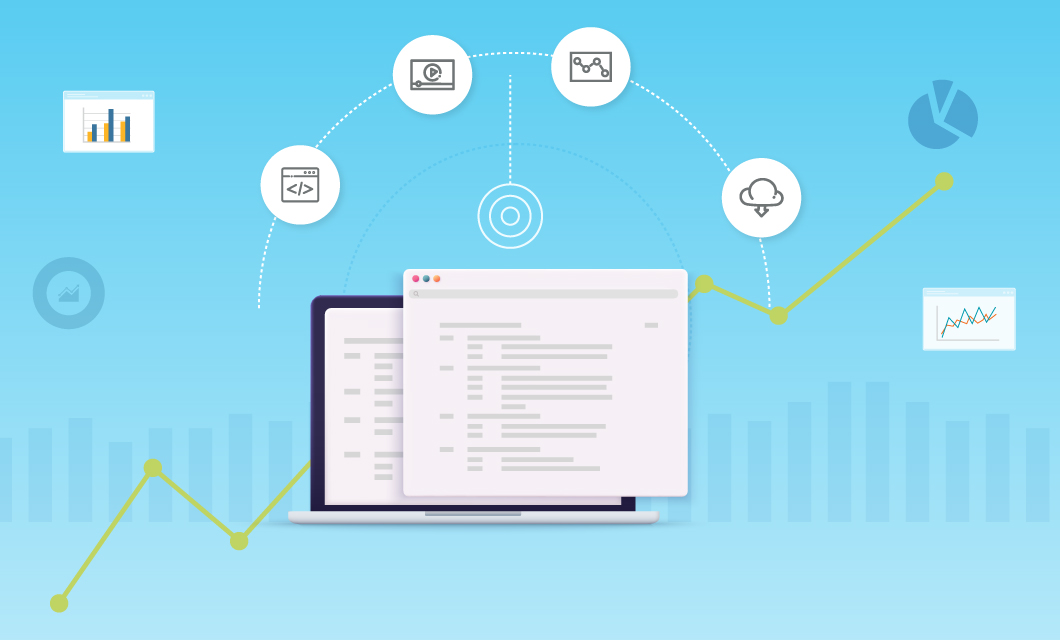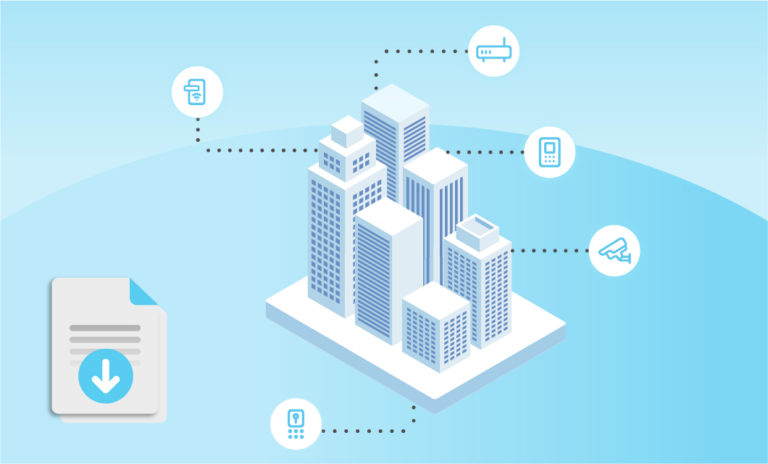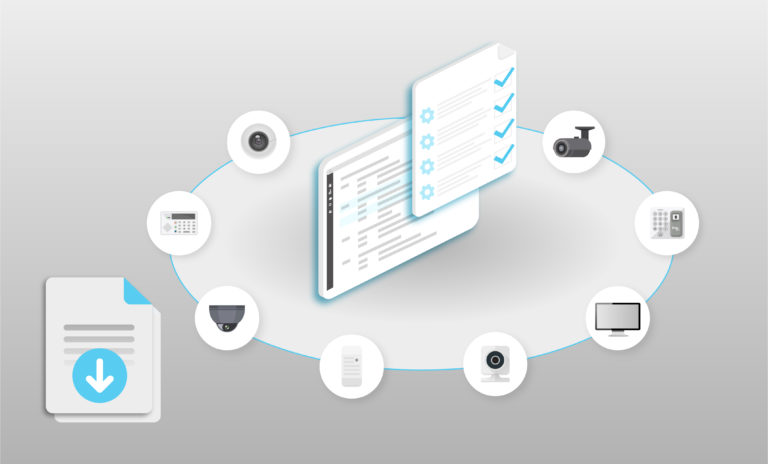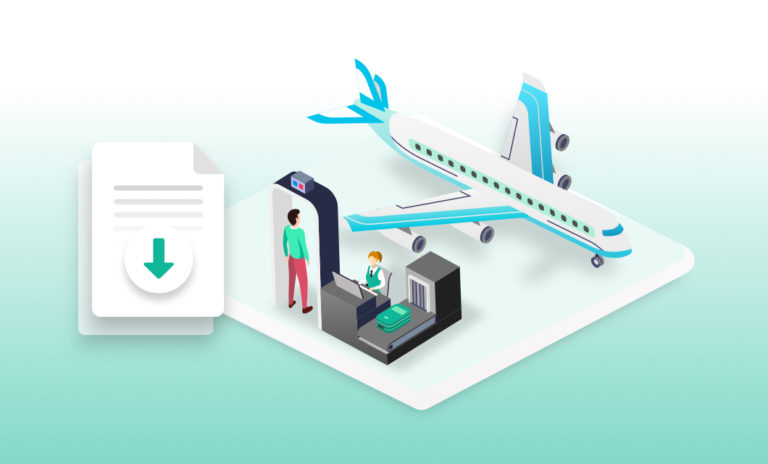While innovative tech organizations tend to invest significantly in protecting their digital assets from cyber threats, many of these companies have yet to achieve the same level of maturity when it comes to physical security. Although it is common for these organizations to use physical security devices such as security cameras and access control devices to keep their property and employees safe, many of them still use outdated methods to manage those devices.
How can the tech world as a whole close this gap between its approaches to cybersecurity and physical security? How can it approach the challenges of physical security with the kinds of innovation and efficiency that tech companies are known for? As some tech companies have already started to discover, the solution to this gap lies in IoTOps, an automation-focused approach to managing physical security devices.
But before we explore how IoTOps can help these organizations modernize their approach to physical security, let’s take a look at the reasons these organizations struggle to adequately manage their physical security devices.

Where the tech world’s approach to physical security comes up short
To keep their people, personal details, sensitive data, and other assets secure, technology organizations—software giants, manufacturing innovators, logistics experts, and others—often maintain a robust configuration of physical security devices throughout their sites. These physical security devices include various models of cameras, as well as access control panels and intercoms that are designed to prevent unauthorized entry to sensitive locations and to protect people on-site. Moreover, these devices are often spread across multiple buildings, cities, states, and even countries.
The problem is that most organizations still manage their physical security devices manually—a time-consuming, costly, and error-prone approach to keeping these devices operating consistently and securely.
Because this approach does not provide organizations with a consolidated view of all devices and historical data for behavior analysis, it is common for employees to lack real-time visibility into any issues that arise, resulting in a lengthy time to resolve. Even if a centrally located camera or main intercom system is down, the organization may not promptly realize the problem, let alone manage to diagnose and resolve it quickly—resulting in inadequate physical security.
Lacking adequate visibility into their IoT fleet, organizations typically manage those devices in a reactive rather than proactive way, causing them to fail to upgrade firmware, rotate passwords, and perform other maintenance steps as needed. These shortcomings can leave devices vulnerable to cybersecurity risks. Ironically, this sometimes causes physical security devices—tools that were installed specifically to protect sensitive information—to actually put an organization’s sensitive information in jeopardy.
Leading the way with IoTOps: A real-world example
The most effective way for high-tech companies to streamline and modernize their approach to physical security is through IoTOps—a practice that allows teams responsible for the operational management of physical security devices to manage them in a consolidated, automated, and secure manner. No matter how large or geographically dispersed an organizations’ devices are, IoTOps aims to ensure uncompromised compliance, constant availability, and high levels of security.
We at SecuriThings are pioneering the field of IoTOps through SecuriThings Enterprises, which constantly monitors customers’ connected physical security devices to make sure they are running properly. Not only does SecuriThings Enterprise maximize device uptime, but it minimizes the amount of costly manual work (especially on-site activity) involved in the operational management of physical security devices.
When a device goes offline or encounters another sort of issue, SecuriThings automatically alerts the customer’s relevant team members. SecuriThings also helps keep devices secure and operational by automating routine maintenance steps, such as password rotations and firmware upgrades. And when an issue does arise within enrolled devices, SecuriThings helps the customer diagnose the issue who can take action to address the issue quickly—a process that SecuriThings simplifies by enabling many problems to be resolved remotely.
Perhaps the best evidence of the business benefits of IoTOps for high-tech companies is in our recent case study of a major technology organization. By recounting the company’s journey with IoTOps, this real-world example shows how the organization’s security personnel gained complete visibility and control over all cameras and access control panels, enabling them to better protect both their employees and their sensitive data.
As this case study illustrates, what makes IoTOps such an effective solution for tech companies is that it efficiently addresses every aspect of the operational maintenance of physical security devices, using automation to help organizations manage these devices with optimal efficiency and reliability. This way, tech organizations can bring their innovative orientation to the realm of physical security, closing the gap between their standards for physical security and cybersecurity.




